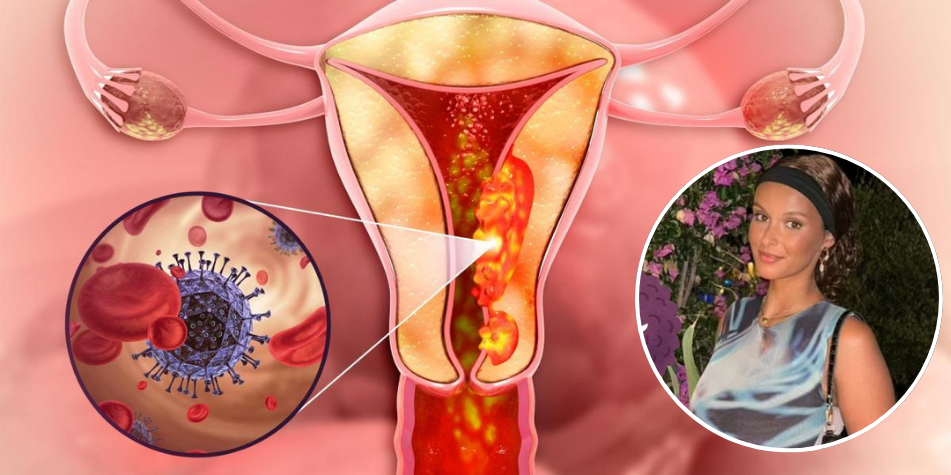New treatment reduces postoperative recovery time to three days in patients with ovarian cancer.

In the context of World Ovarian Cancer Day—commemorated every May 8—Cleveland Clinic announced a medical breakthrough that could radically change the way this type of cancer is treated. According to Globocan, the cancer affects more than 34,500 women each year in Latin America.
A team led by Peruvian oncologist Joel Cárdenas of Cleveland Clinic Florida has developed an innovative surgical technique that reduces postoperative recovery time from 10 days to just 3. This new procedure combines minimally invasive robotic surgery with hyperthermic intraperitoneal chemotherapy (HIPEC), a modality known as "hot chemotherapy."

This type of cancer requires immediate medical attention to prevent serious complications. Photo: iStock / Courtesy of El Universal
“The treatment represents real hope for patients diagnosed in advanced stages, which unfortunately remains the majority in Latin America,” says Dr. Cárdenas. “We have seen cases of accelerated recovery and fewer postoperative complications, even in elderly patients or those with complex tumors.”
The technique consists of two key steps: first, the surgical team uses a high-precision robot to remove all visible tumor tissue through small incisions. A chemotherapy solution heated to 42°C is then applied directly into the abdominal cavity, eliminating any residual cancer cells that could cause recurrence.
Minimally invasive surgery: tangible benefits for patients At Cleveland Clinic, this type of surgery has been shown to significantly improve patients' quality of life by minimizing postoperative pain, reducing complications, and allowing for a faster recovery.
In Colombia, according to estimates from the Global Cancer Observatory (Globocan), approximately 2,414 new cases of ovarian cancer are reported each year. Furthermore, nearly 80% of diagnoses are made in advanced stages, which reduces therapeutic options and negatively affects patients' prognoses.
This disease is the second leading cause of death from cancers affecting the female reproductive system in the country.

Minimally invasive surgery helps with treatment. Photo: iStock
According to the Global Cancer Observatory (Globocan), approximately 2,414 new cases of ovarian cancer were recorded in Colombia in 2022. Early onset of menstruation or late menopause, genetic factors, and never having been pregnant can be risk factors for a woman developing epithelial ovarian cancer.
Generally, patients with ovarian cancer do not experience specific symptoms. These symptoms include abdominal swelling or distension, pain or pressure in the pelvis, lower back, or abdomen, indigestion, nausea, a feeling of fullness, fatigue, vaginal bleeding, loss of appetite, or weight loss, among others.

This disease is considered one of the most lethal gynecological cancers in the world. Photo: Getty Images
These nonspecific symptoms can be confused with other pathologies. Eighty percent of patients are diagnosed in advanced stages (stages III and IV), and 70 percent of ovarian cancer cases recur within three years.
It's not clear what causes ovarian cancer, although doctors have identified factors that may increase the risk of developing the disease.
Experts have concluded that this condition begins when cells in or near the ovaries develop changes (mutations) in their DNA.
A cell's DNA contains instructions that tell the cell what functions it should perform. The changes tell the cells to grow or multiply rapidly, creating a mass of cancerous cells (tumor).
Cancer cells continue to grow and can invade nearby tissues and break away from the initial tumor to spread (metastasize) to other parts of the body.
According to the Mayo Clinic, the type of cell in which the cancer originates determines the type of ovarian cancer a person may develop and helps doctors determine the best treatments.
Environment and Health Journalist
eltiempo





